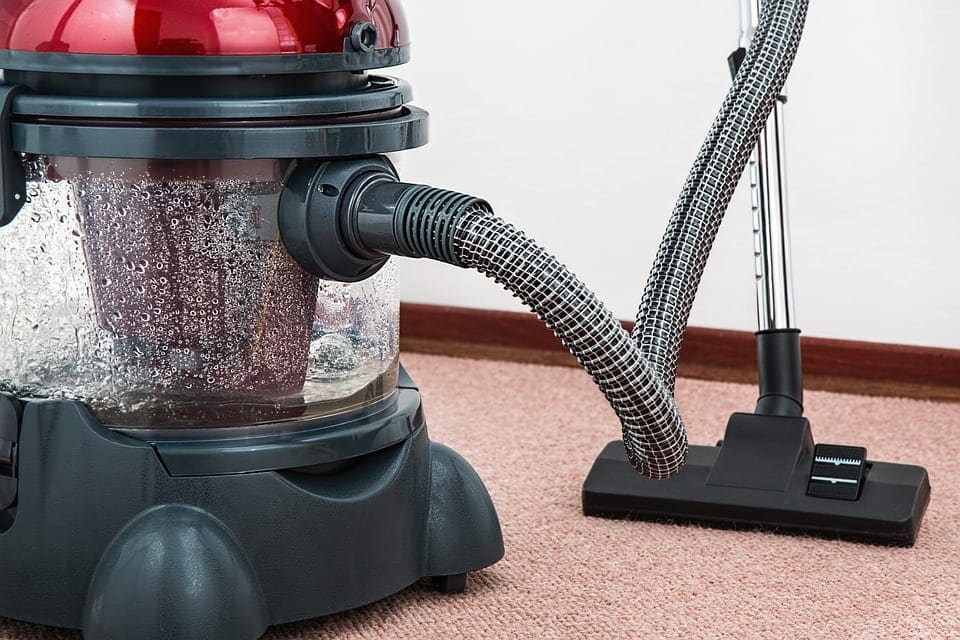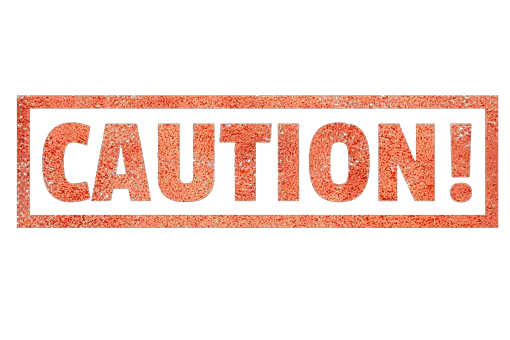Your AC can be a great source of comfort during the hot and humid summer months, but sometimes it can just be a pain, especially when the condenser drain is clogged. When operating normally, air conditioners remove humidity, by drawing water vapor from the air.
The water that is created is expelled from your home by the condenser drain line attached to your AC. For the system to work properly, the drain line needs to be free of obstructions. In this guide, you’ll learn how to keep the drain clear and unclog it if needed.
Help! The Water is Backing Up
If the line isn’t properly cleaned, algae and mold can grow inside and clog the drain, causing elevated humidity, musty odors and water damage inside your home. The drain can become clogged from either a buildup of algae, improperly placed piping, or an insect building a nest inside.

If the drain does get clogged, the condensation may leak and cause water damage or accumulate inside the drip pan. A safety sensor switch inside the pan should turn your air conditioning system off when the water level inside the pan reaches a certain height.
This prevents water from overflowing the top of the pan. The system will not operate until the water is removed. If the safety switch fails and water overflows the pan, you will need to contact an AC repair technician.
You should check the outside drain pipe for blockages and check whether the underground drain where the condensate is supposed to flow is not choked.
How To Unclog an AC Condenser Drain Line
To unclog the drain line yourself, here are the supplies you’ll need:
- Rags
- A wet/dry vacuum
- Distilled vinegar
- A funnel
How to Clean Your Air Conditioner Drain Line
1. To start, you need to prevent any electricity within the system from harming you. In order to do this, first step power off your HVAC system at the thermostat and at the breaker.
2. Next, if you have an indoor air handler in your attic or utility closet, find the condensate pan. Usually it’s directly under the unit. It may be covered by a removable access panel.
3. If there’s standing water in the pan, your drain line is probably clogged. Use a wet/dry vacuum to remove the moisture. Alternatively, you can use rags to soak up the water. Once the pan is empty, clean it with soap.
4. To unclog the drain, use a wet/dry vacuum to pull the clog through the drain opening. The opening is located outside your house near the foundation. Place your hand around the pipe to improve suction and allow the vacuum to run for a minute. Check the vacuum canister to see if you’ve successfully sucked out the obstruction.

5. Next, you’ll need to identify the access point on the drain line. Usually it has a T-shaped vent with a PVC cover. Remove the cover and inspect the drain. Flush the drain with distilled vinegar. If you don’t like the odor of vinegar, you can use peroxide to gently bubble away the remaining debris. Another option is hot water and a drop of dish liquid.
Allow the solution to sit for 30 minutes and complete the cleaning by flushing the pipe with water. Have a helper watch the pipe outside and tell you if the water is running freely.
If you don’t have a wet/dry vacuum, you can try using a piece of surgical tubing to free the blockage. However, this method doesn’t work well if your drain line has sharp turns that are prone to clogs.
If your system doesn’t have an access vent, use the opening on the edge of the drain pan. The fitting can be removed to improve access.
Still Having Problems?
In case you are unable to clear the clog despite following the steps outlined or have trouble with any of these steps, you should consult a qualified HVAC professional. Also keep in mind that drain pipes clog as a result of the gradual buildup of algae or dirt in the pipe.
It can be easily prevented by regular maintenance. A few minutes of care once every six months or once a year can prevent unpleasant surprises such as the AC failing. Along with regularly changing your filters. t’s easily a great investment of time in your AC.
Some Cautions
We’d be remiss if we didn’t point out that using bleach to clear clogs in the condensation drain on window-mounted air conditioners can potentially cause damage. Window units drain their condensation from the bottom of the case, which is just outside your window. So pouring bleach into a condensation drain on a unit above decorative plants or your lawn will kill anything it lands on.

Additionally, bleach can damage the vinyl siding or shingles on your house as it drains from the unit.
During the colder months, bleach should not be used for drain lines that are made of PVC or ABS plastic. The bleach can corrode the line as well as the glue and cement joining the line to the fittings and the condensation pan.
If your drain line is PVC, stick to white distilled vinegar for clearing clogs and debris, particularly during winter.
Conclusion
A clogged AC condenser can be a nuisance especially if left unaddressed. It can cause expensive damage. But you can limit the possibility by using the tips in this article to unclog and keep the drain clear.
Also have the AC cleaned regularly to prevent the buildup of algae or other gunk within the drain line. If at any time in this process you feel overwhelmed by the tasks, call in an HVAC professional to do the job properly. You’ll have peace of mind that the job is being done by an expert and your AC will thank you for it!

